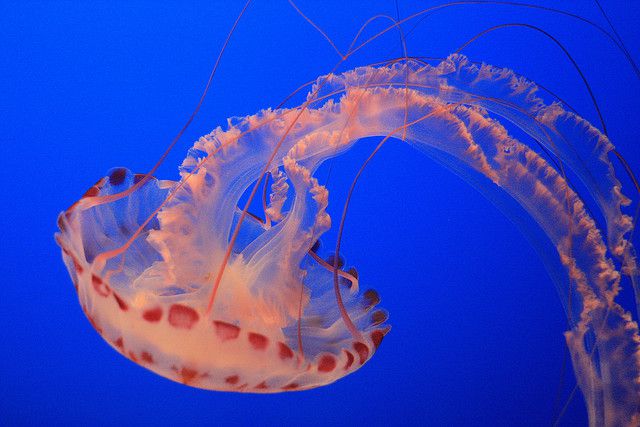-
 Order
Order
-
 Agenda 21
Agenda 21
-
 VDSL 2
VDSL 2
-
 Hertz
Hertz
-
 Pelecaniformes
Pelecaniformes
-
 Cupule
Cupule
-
 Mean motion
Mean motion
-
 Lipid
Lipid
-
 Backdoor
Backdoor
-
 Carcinogen
Carcinogen
-
 Metabolism
Metabolism
-
 DTE
DTE
-
 Gestagen
Gestagen
-
 Ohmic conductor
Ohmic conductor
-
 systemic antifungals
systemic antifungals
-
 Missing link
Missing link
-
 Haemorrhoids
Haemorrhoids
-
 Cryosphere
Cryosphere
-
 Adolescence
Adolescence
-
 Composite skeleton
Composite skeleton
-
 Opt-in
Opt-in
-
 Crinoids
Crinoids
-
 DMS
DMS
-
 White matter
White matter
-
 Prosthesis
Prosthesis
-
 Crystal lattice
Crystal lattice
-
 Tidal range
Tidal range
-
 Bandage
Bandage
-
 Dimorphous
Dimorphous
-
 Perching
Perching
Mesoglea
The mesoglea is a collagen-rich matrix that looks like jelly found in the body of sponges, Cnidaria (jellyfish and polyps) and Ctenaria (or Ctenophora). A few cells circulate (especially nervous cells) in it, but the mesoglea is not a tissue.
For this reason sponges and Cnidaria are classified as diploblastic. These are therefore animals of which the embryos have two types of layers, the ectoblast and the endoblast, which respectively turn into the ectoderm (which protects the animal from the exterior) and the endoderm (which handles digestion). Other animals, triploblastics, have an additional layer, the mesoblast, which produces internal organs.
 The body of a jellyfish is surrounded by a firm tissue, the ectoderm. Other types of cells, differentiated at a very early stage in the embryo, form the digestive system. This is the endoderm. No internal organs are found between the two, but instead a loose matrix, the mesoglea. © Semio/ Flickr CC by-nc-sa 2.0
The body of a jellyfish is surrounded by a firm tissue, the ectoderm. Other types of cells, differentiated at a very early stage in the embryo, form the digestive system. This is the endoderm. No internal organs are found between the two, but instead a loose matrix, the mesoglea. © Semio/ Flickr CC by-nc-sa 2.0
Latest
Fill out my online form.



